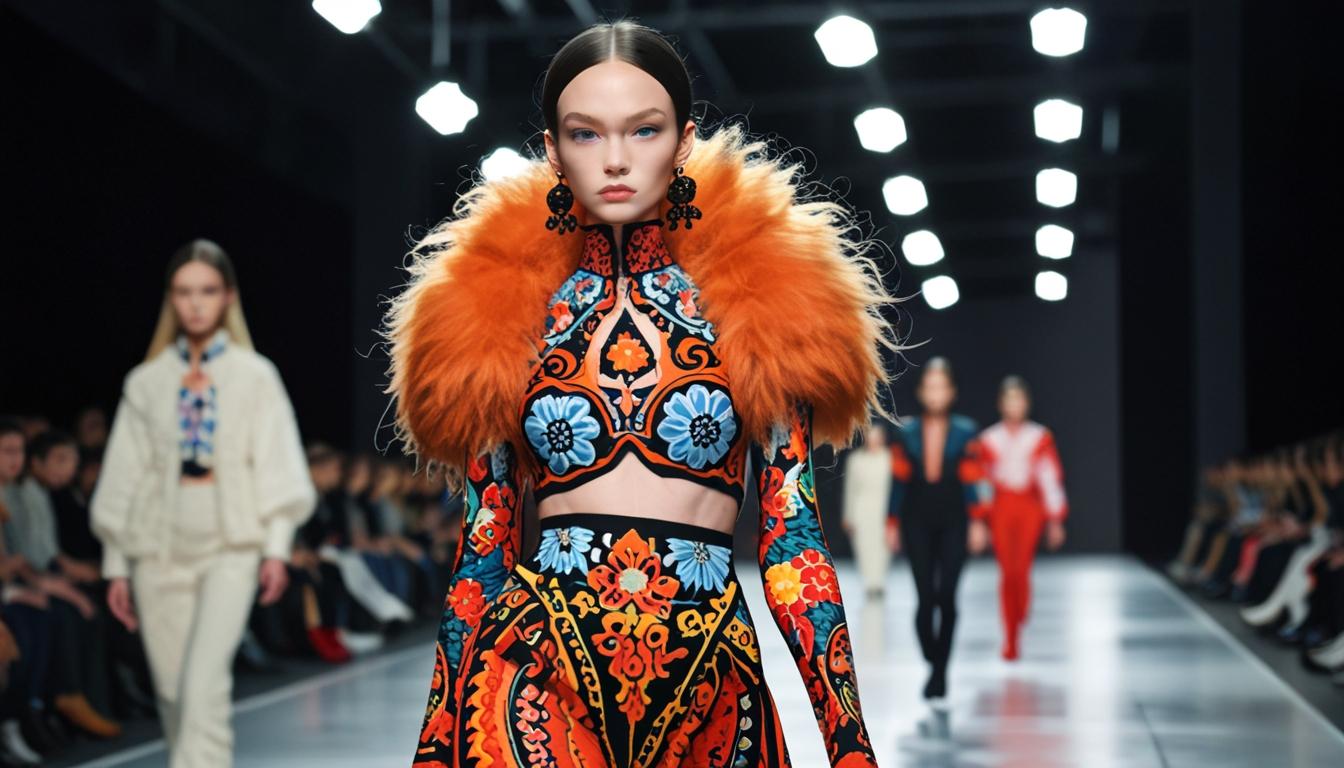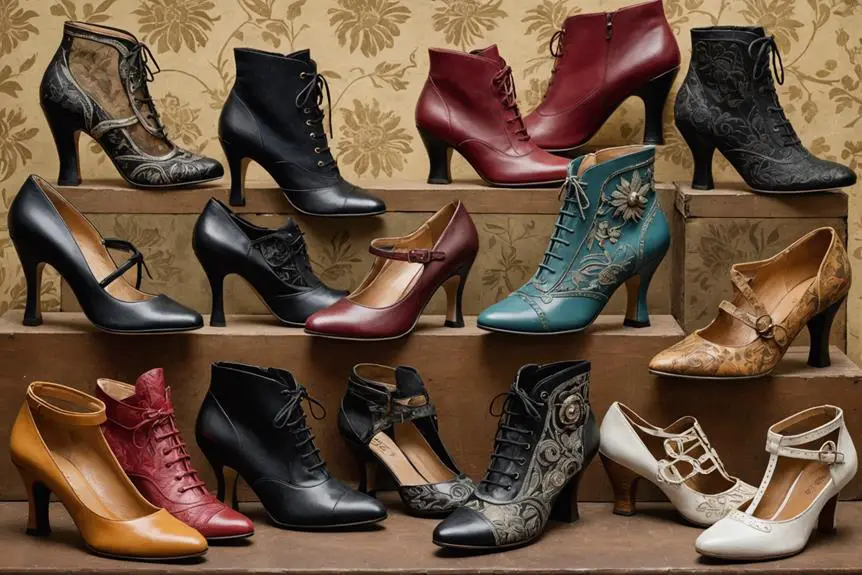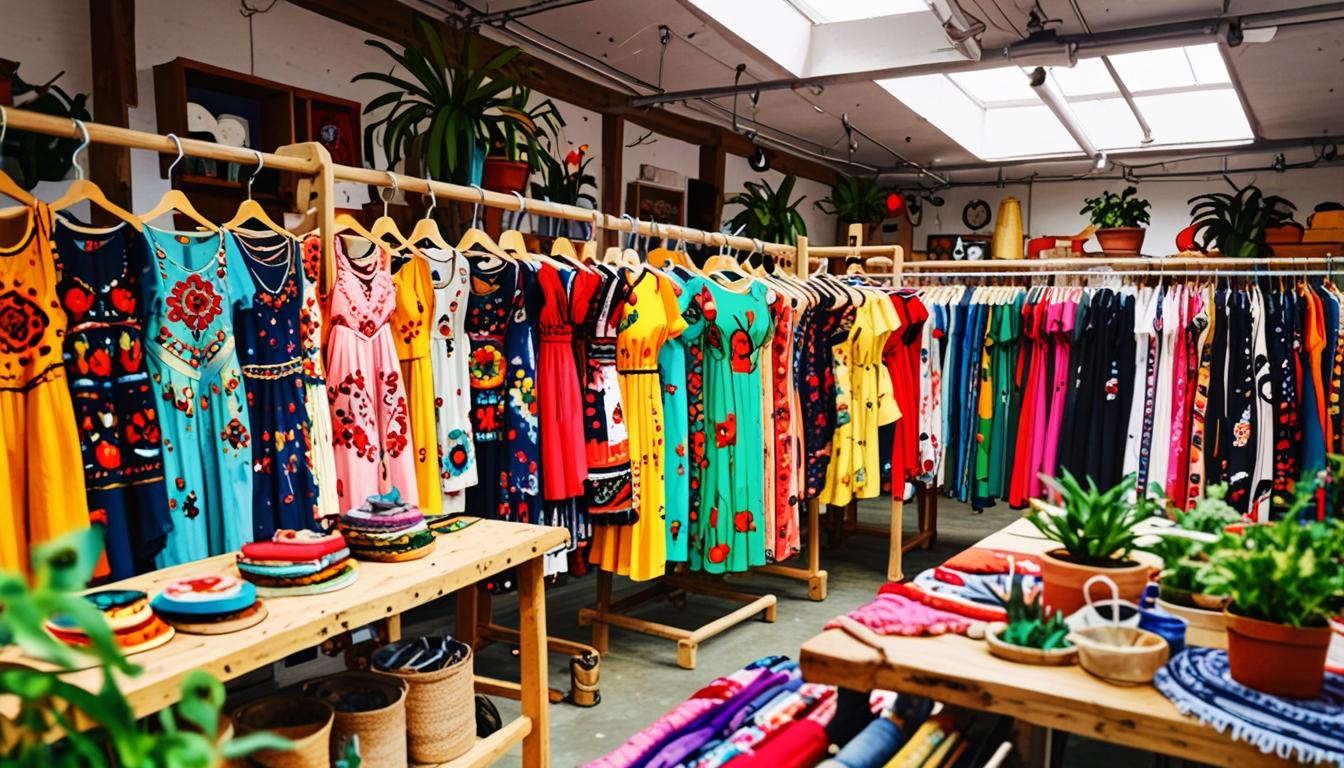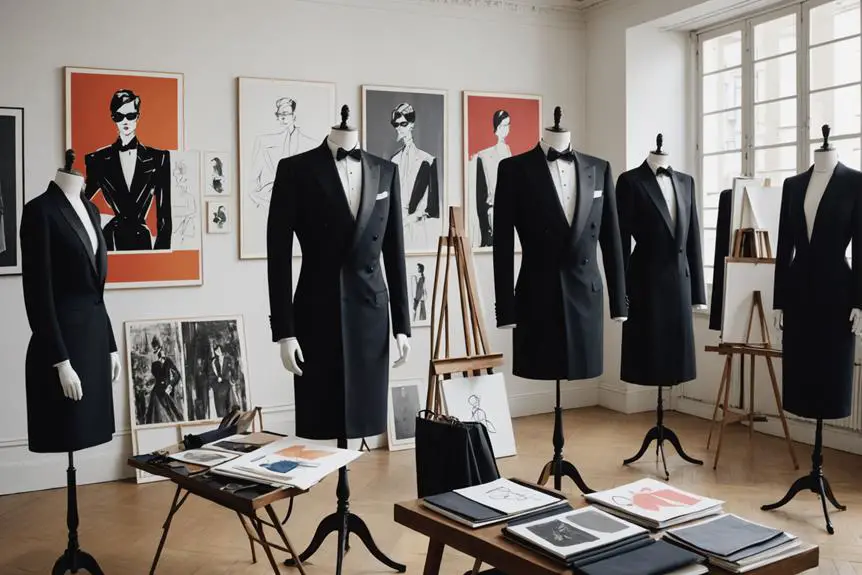The recent Moscow Fashion Week showcased innovative designs from emerging markets, particularly emphasizing the influence of Asian fashion brands.
Moscow Fashion Week, which took place from March 15 to March 20, 2025, emerged as a pivotal event in the global fashion calendar, focusing on innovative designs from emerging markets, particularly from Asia. The event attracted brands from six Asian countries: China, India, Indonesia, Tajikistan, Armenia, and Turkey, underlining the increasing significance of Asian talent in the international fashion landscape.
Three notable brands from Tajikistan—Safia Couture, Olimzoda Mahin, and Ikat House—were part of the showcasing group, each expressing their excitement about the event. Mahina Rajabova, a representative from Safia Couture, remarked on the importance of the fashion week for new brands seeking visibility, indicating that it presents invaluable opportunities for emerging designers.
China and India, already well-established participants at Moscow Fashion Week, showcased their influence in the global textile market. Chinese designer Li Ying, from the brand I-LA, noted that Moscow Fashion Week serves as a unique platform for global designers to highlight their creativity. She stated, “It also attracts buyers, media, and fashion lovers from around the world. This global participation promotes cultural exchange and cooperation; diversification and innovation of the fashion industry, and injects new vitality into the fashion scene,” reinforcing the event’s role in facilitating international collaboration.
The connection between Russia and the broader Asian fashion scene was also on display, with the organizers reporting over 1,000 applications from both domestic and international brands across 150 cities. Designers from North Asia were prominently featured as well. Alexander Varlakov, hailing from Vladivostok, presented a collection reminiscent of 1950s fashion trends, characterized by architectural silhouettes and voluminous skirts. Meanwhile, the brand Ogo Citizen from Yakutsk showcased its unique blend of upcycled techniques and materials, featuring striking details such as accent seams and distressed effects. Additionally, Isabella Dordosova’s brand INNIKI drew inspiration from the Arctic, encapsulating the delicate beauty of the northern ecosystem through textures and hues inspired by ice and thawing snow.
Beyond the Asian brands, designers from the USA, Spain, and South Africa also joined the lineup, providing a comprehensive display of global fashion trends. For the Malaysian fashion industry, this exposure to international participants and contemporary designs could serve as a significant source of inspiration for future participation on this esteemed platform.
Moscow Fashion Week continues to assert its position as a major player in the global fashion industry, facilitating a dynamic exchange of culture and creativity while spotlighting the talents of emerging designers from around the world.
Source: Noah Wire Services





You reported it exceptionally well.
meilleur casino en ligne
Really a lot of great information.
casino en ligne francais
Thanks a lot! Plenty of posts.
casino en ligne
Cheers, Valuable stuff!
meilleur casino en ligne
Nicely put. Thanks!
meilleur casino en ligne
Superb posts, Many thanks!
casino en ligne fiable
Great knowledge, Appreciate it!
casino en ligne
Incredible a lot of terrific information.
casino en ligne
Cheers. Plenty of info.
casino en ligne France
Nicely put, Appreciate it!
meilleur casino en ligne